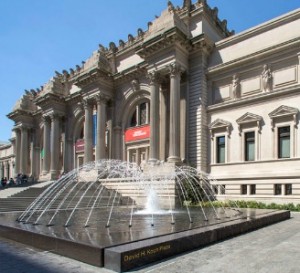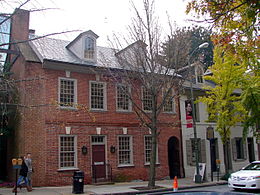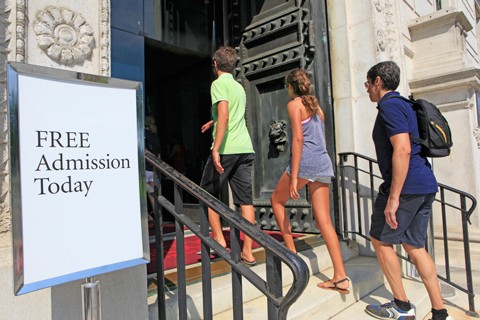I’ve been hearing a lot of complaints about the new fountains at the Metropolitan Museum of Art*; sadly, most are about their funding–with money from conservative David Koch, whose name, naturally (if belately) enough, is on them.
 I wish that was the real problem, because that can be batted away as foolish talk. Who cares who paid for them? Koch is a Met trustee. If there was a mistake here, it was the museum’s promise at the outset that the plaza was not going to be named.
I wish that was the real problem, because that can be batted away as foolish talk. Who cares who paid for them? Koch is a Met trustee. If there was a mistake here, it was the museum’s promise at the outset that the plaza was not going to be named.
But the real problem is that the fountains are ungainly, at best.
I reached that conclusion after two visits, the second only reaffirming my initial impressions.
- For a start, they are out-of-proportion–too big for the space they occupy.
- Second, they are misplaced–too close to the steps and too close to the street. The should have been smaller and set back a bit further, closer to the museum building.
- Third, their minimalist style clashes with the architecture of the Met. I wasn’t expecting a Trevi fountain, but couldn’t they have nodded somehow to the Met’s Beaux-Arts facade?
- Fourth, the water spouts are underwhelming, even pedestrian. There’s no grandeur and they aren’t entertaining either. They were supposed to dance, in a “variety of water patterns,” but that doesn’t seem to have materialized; if it has, the patterns are fairly indistinct.
Met director Tom Campbell, announcing the project in early 2012, said the project would produce “majestic” plazas. That, they certainly are not. And we are stuck with them for decades.
How could this have happened?
*I consult to a foundation that supports the Met




